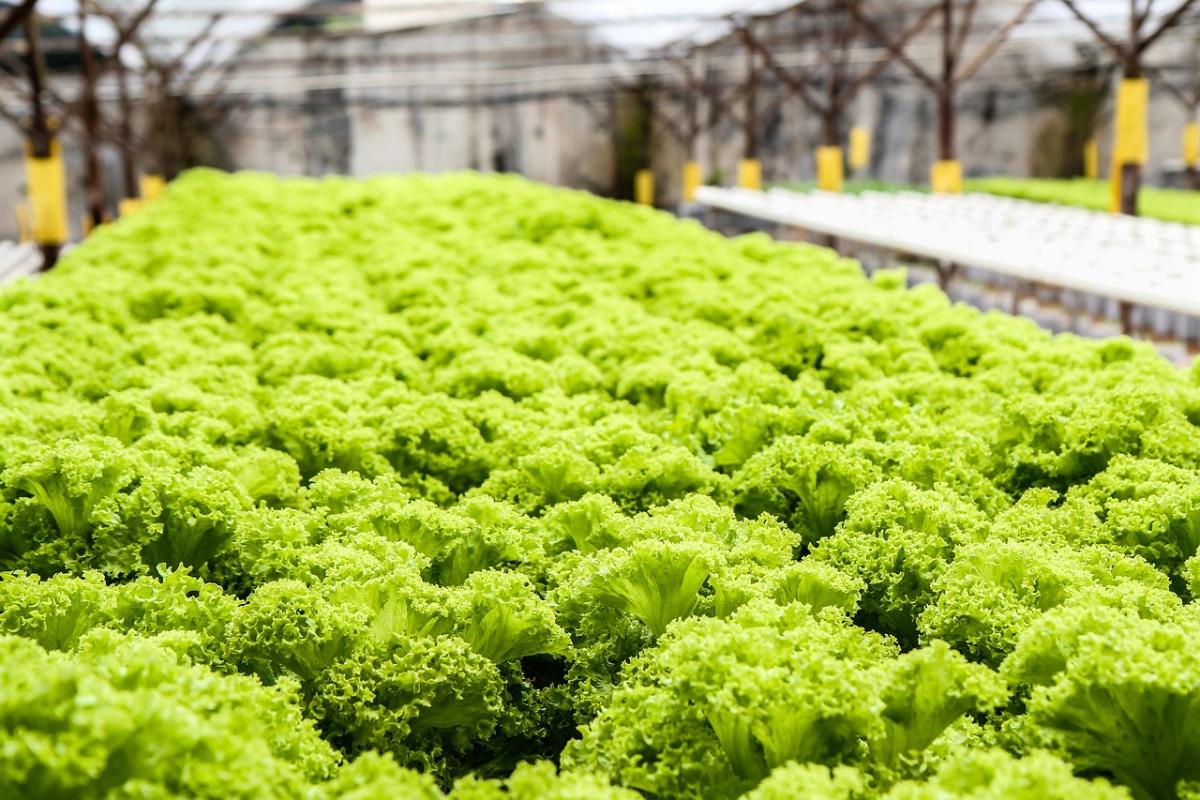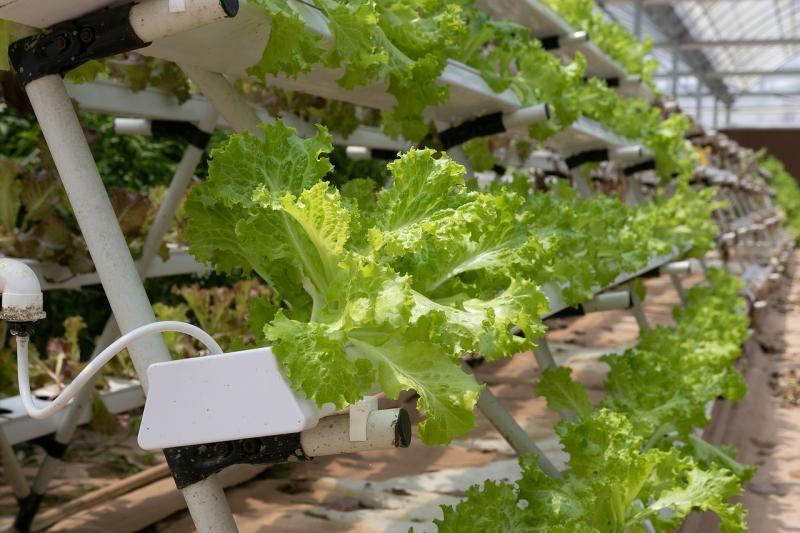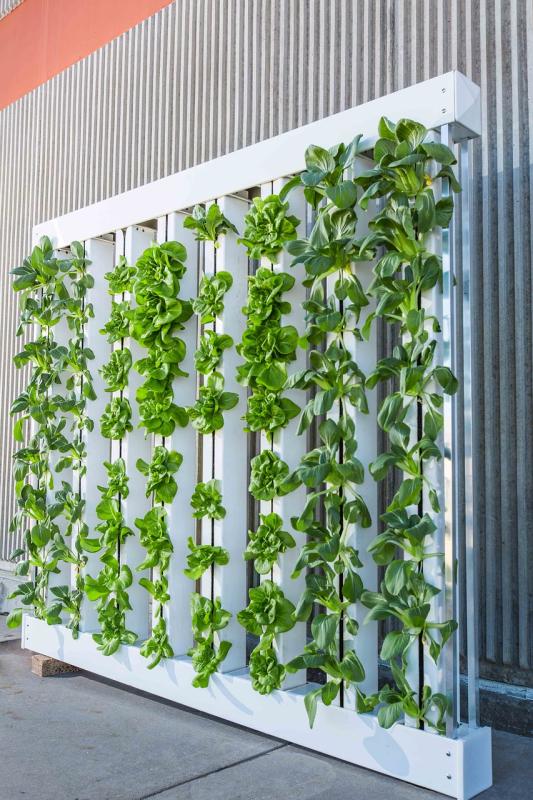When diving into hydroponics, the first major decision you’ll face is picking the right system for your needs. There are several options out there, each with its own perks. Whether you're a newbie or have some experience under your belt, knowing what works best for you can really enhance your growing experience.
Here are a few popular hydroponic systems to consider:
When choosing a system, think about your space, budget, and the types of plants you want to grow. Do you have more room or are you limited to a small area? Are you ready to handle a more complex setup or would something simple be better for you? Answering these questions will help narrow it down.
Finally, don't forget about your light source! If you’re growing indoors, investing in some good grow lights will really boost your plants’ health and growth. The right system paired with proper lighting can lead to a thriving indoor garden.
Essential Equipment for Your Hydroponic Garden
If you're diving into hydroponics, having the right equipment is key to your success. Setting up a thriving hydroponic garden isn't just about planting; it's about making sure you have everything you need for your plants to grow strong and healthy. Here's a list of essential items that will make your gardening journey a lot smoother.
1. Hydroponic System
2. Grow Lights
3. Nutrient Solutions
4. Growing Medium
5. pH Testing Kit
With this essential gear, you'll be well on your way to a successful hydroponic garden. Just remember, each plant has its own needs, so don't hesitate to do some research and adjust your setup as you learn!
Easy Steps to Get Started Today
Ready to dive into the world of hydroponics? It’s easier than you might think! Here’s a simple guide to get you started today:
1. Choose Your System: There are a few different types of hydroponic systems: deep water culture, nutrient film technique, drip systems, and more. Start with something simple like a deep water culture system, which is perfect for beginners. It’s easy to set up and maintain!
2. Gather Your Supplies: You’ll need some basic materials. Here’s a quick list to help you out:
3. Set It Up: Fill your container with water and mix in the nutrient solution according to the instructions on the bottle. Add the air stone and turn on the air pump. This will keep your water oxygenated for your plants!
4. Plant Your Seeds: If you're starting from seeds, place them in your growing medium and gently tuck them into the nutrient solution. If you're using seedlings, transfer them carefully into the medium, making sure their roots are submerged in the nutrient-rich water.
Just like that, you're on your way to growing your own plants hydroponically! Keep an eye on your system, check the water levels, and watch your plants thrive. Enjoy the process and have fun!
Tips for Successful Hydroponic Growing
Getting into hydroponics can be super exciting, but a few tips can help ensure you get the best results. First off, choose the right plants. Some plants grow better in hydroponic systems than others. Start with easy options like lettuce, herbs, or strawberries. They’re a great way to learn the ropes and boost your confidence!
Next, pay attention to your nutrient solution. Hydroponic plants depend on you for everything they need, including nutrients. Look for a well-balanced hydroponic nutrient mix that’s suitable for the type of plants you’re growing. Follow the instructions carefully, and don’t forget to check the pH level—it should typically be between 5.5 and 6.5 for optimal growth.
Lighting is crucial too! If you’re growing indoors, make sure your plants get enough light. LED grow lights are energy-efficient and can provide the spectrum your plants need. Aim for about 12-16 hours of light per day. If you’re growing outside, make sure they’re getting plenty of sunlight without being scorched by the midday sun.
Lastly, keep an eye on water levels and temperature. Your plants will need a consistent supply of water, and the temperature should ideally stay between 65-80°F. Monitoring these factors regularly will help prevent problems like root rot or nutrient imbalances. Staying proactive will make your hydroponic journey much smoother!



